Revell 1/48 F-89J Scorpion
The origins of the F-89 (the name Scorpion came from the elevated tail and high-mounted horizontal stabilizers) can be traced back in summer 1945, when USAAF issued a specification for a twin engine night fighter to replace the P-61 Black Widow.
The evaluation of the full scale mockup a few months later led to a number of significant changes in overall design that were systematically incorporated to the project, the most important being the adoption of a straight wing instead of the initial swept one, in order to improve the low speed flying characteristics which were found unfavorable during wind tunnel tests.
The flights performed by the prototype from the end of summer 1948 onwards, clearly indicated that the plane was significantly underpowered, leading to the adoption of the more powerful J-33-A-21 afterburning engines in place of the initially envisaged J35-A-9, together with a weight reduction program.
All 18 F-89As that were completed were mainly used for tests and trials and were soon upgraded to the F-89B standard, outfitted with new avionics. The F-89C that followed featured various improvements, in order to mostly solve the serious engine problems the “B” variant exhibited.
The plane matured to the F-89D standard, featuring, among others, structural modifications, to eliminate the problems its predecessor was plagued with. It was equipped with a new Hughes E-6 fire control system with AN/APG-40 radar and an AN/APA-84 computer. Armament consisted of two wingtip pods carrying fifty-two 2.75-inch "Mighty Mouse" FFAR rockets. A total of 682 F-89Ds were built.
Next was the F-89H, featuring the E-9 fire control system and the distinctive wingtip pods, each holding three Falcons (usually three semi-active radar homing GAR-1s and three infrared GAR-2s) and 21 FFARs, for a total of six missiles and 42 rockets. Problems with the fire-control system delayed the -H's entry into service, by which time its performance was notably inferior to newer supersonic interceptors, so it was phased out of USAF service by 1959.
The final variant was the F-89J, of which no new plane was produced but emerged from modifying 350 -D units. It featured tip tanks and could carry one MB-1 Genie nuclear rocket under each wing. The type served with the Air Defense Command through 1959 and ADC-gained units of the Air National Guard through 1969. All in all, no less than 1052 Scorpions were built, including the two prototypes.
Though not an absolutely hot but nevertheless a good performer and despite being plagued with serious issues in its early life (not at all uncommon for jets of that era), the distinctively looking Scorpion matured to an ample interceptor, forming the backbone of North American air defense during the 50s, then serving with Air Force Reserve and Air National Guard during the 60s. Never having shot in anger, the fact that such an early jet remained active for so long can possibly indicate, among others, that a relatively conservative, yet well designed platform which has its teething problems properly solved can have a long, notable career.
This is the venerable but still nice early 90's Revell mold, a pleasant build, allowing you to come up with a quite accurate 1/48 representation of the iconic fighter.
https://modelingmadness.com/review/korean/us/usaf/fighter/pen89.htm
Happy Modelling!
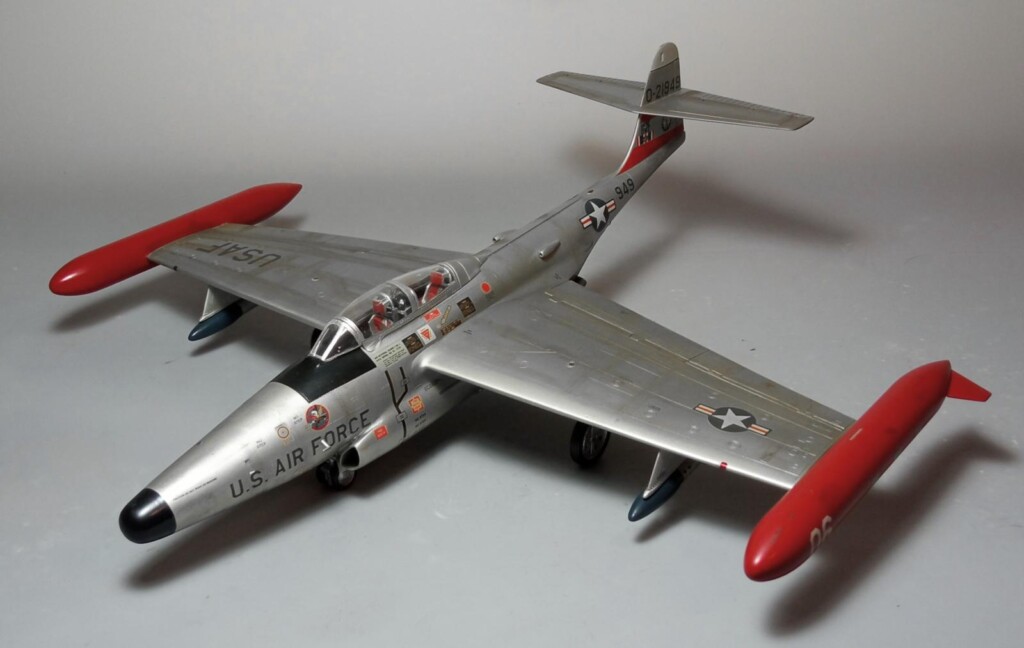
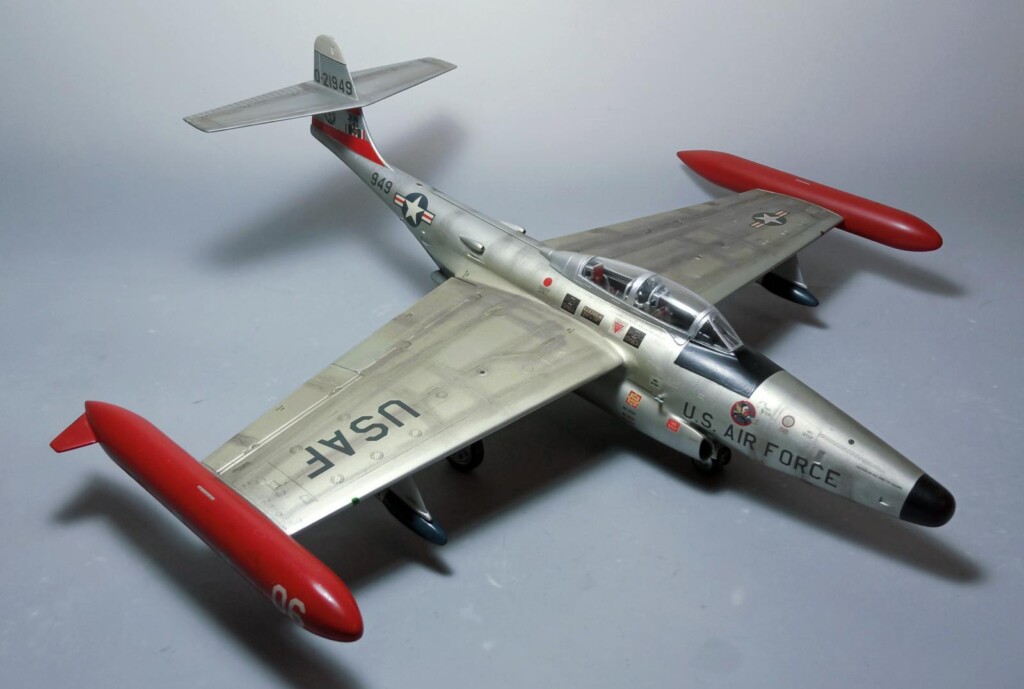
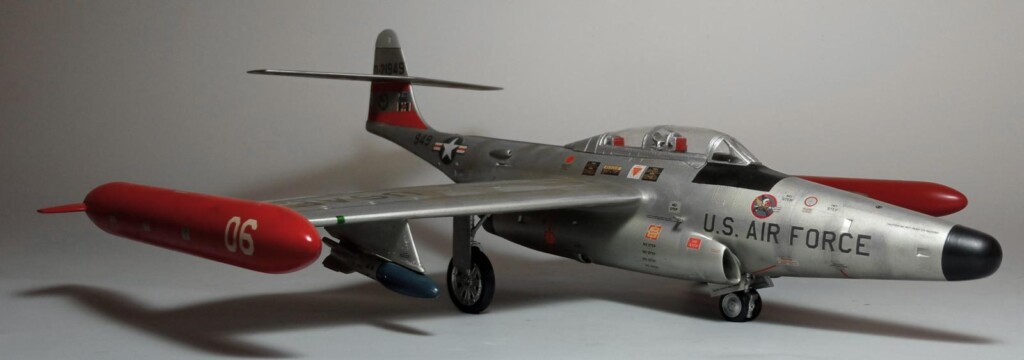
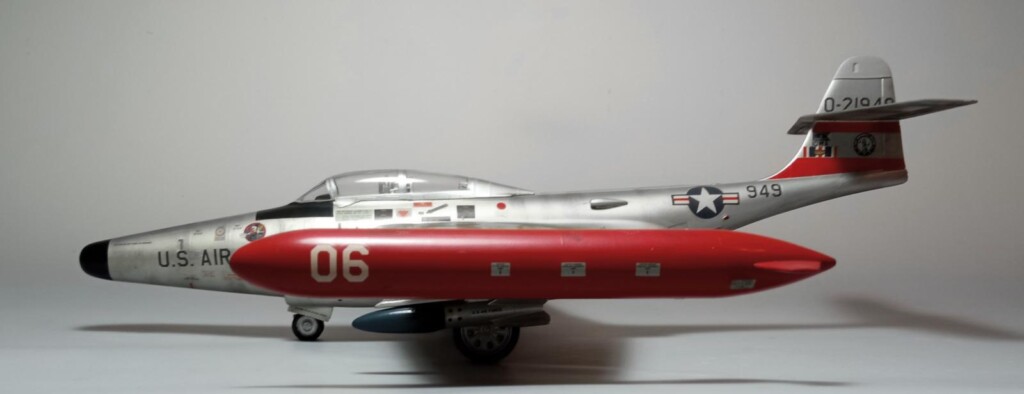
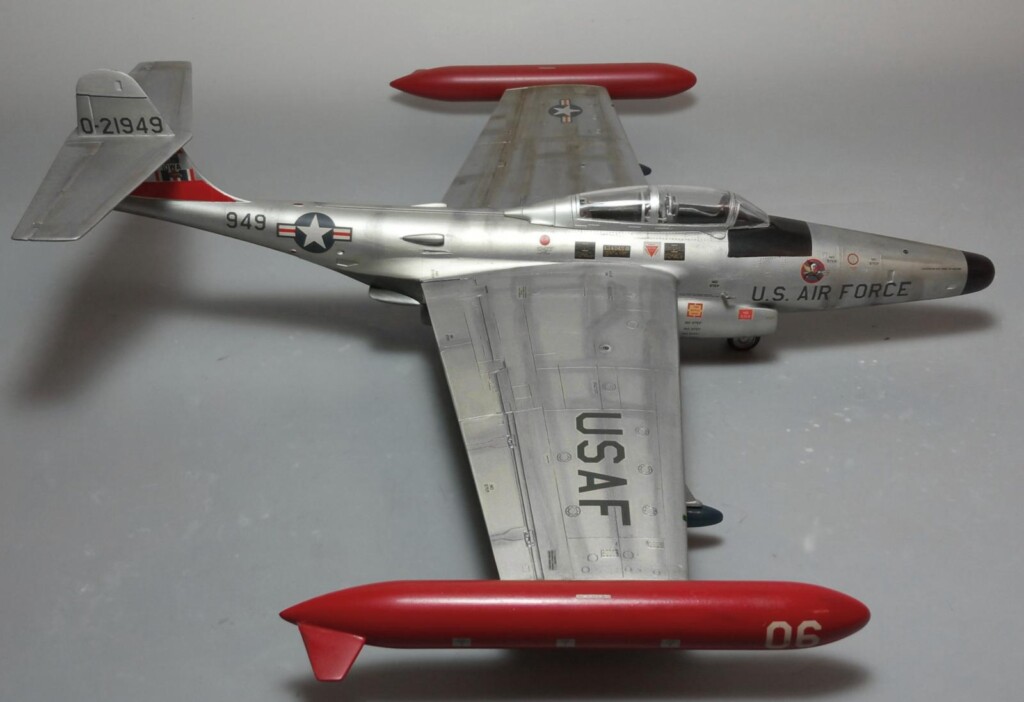
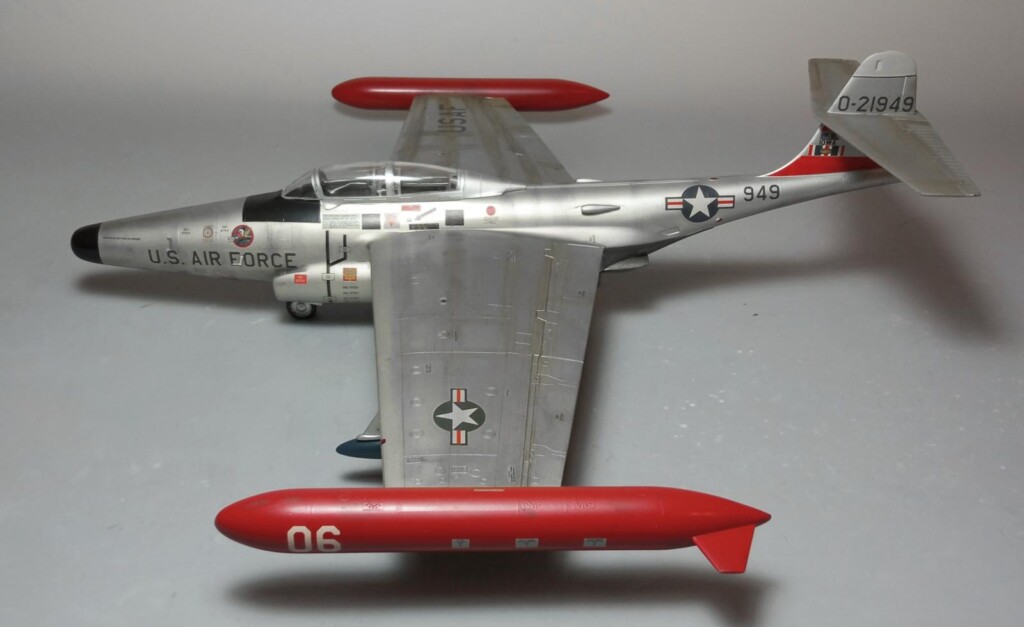
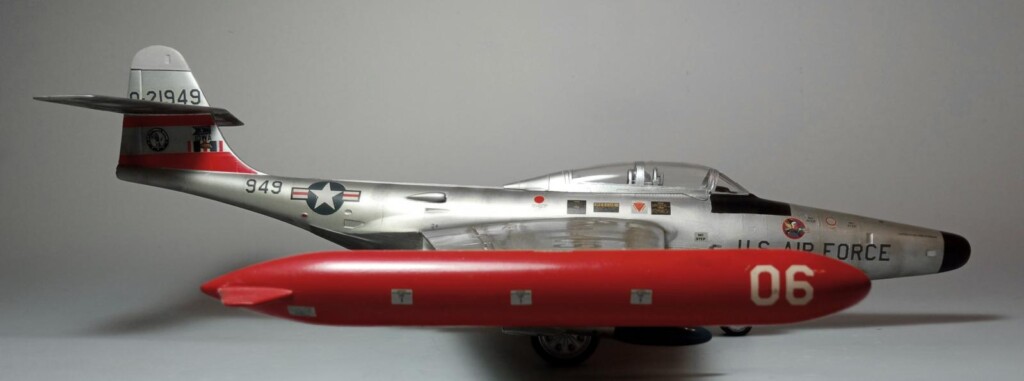
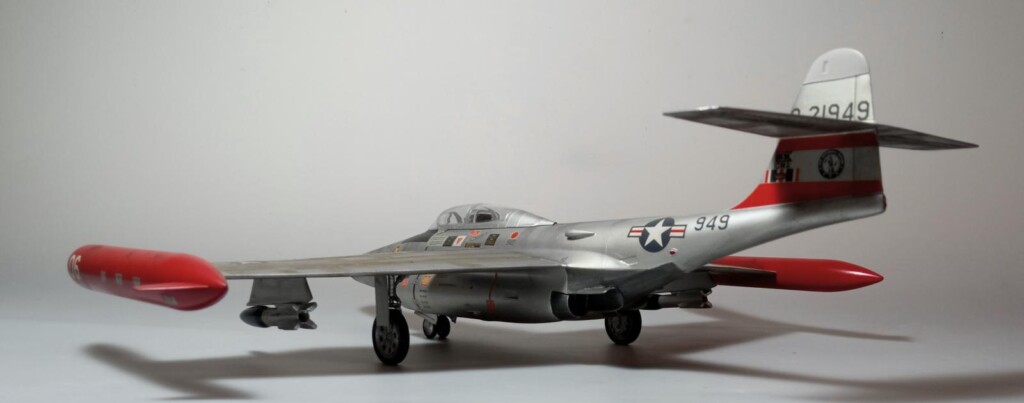
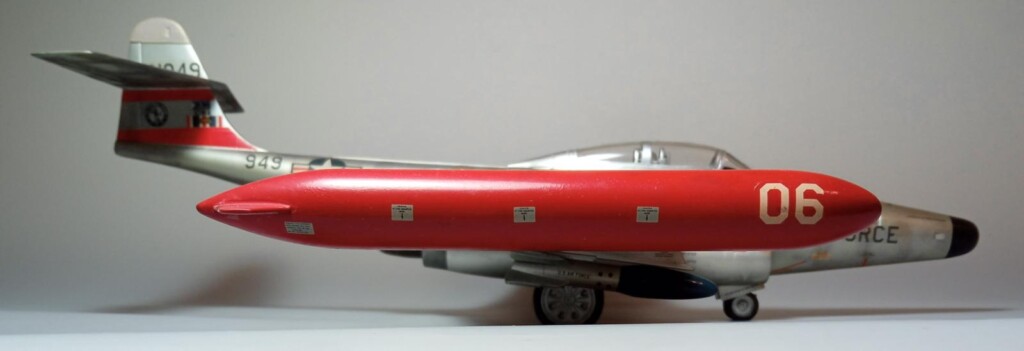
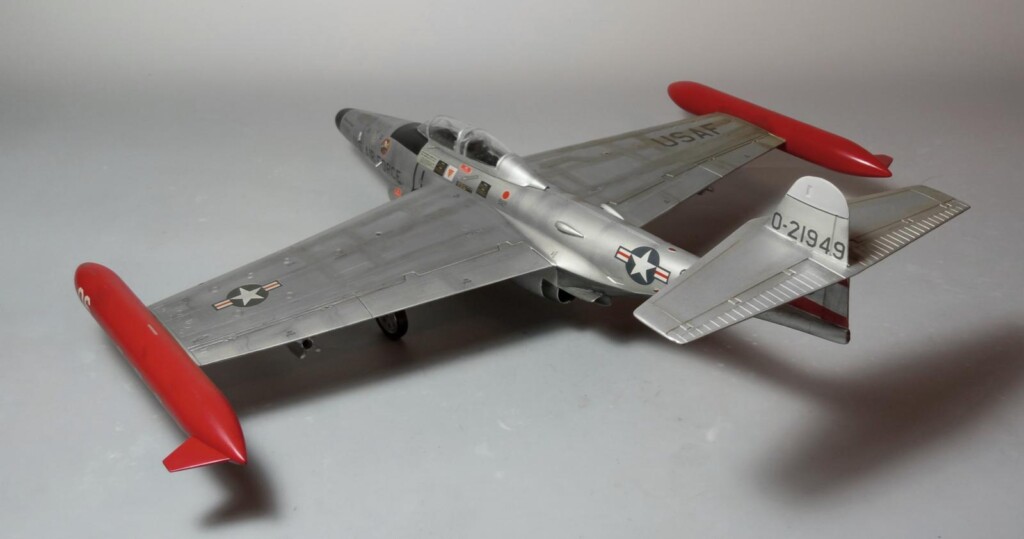
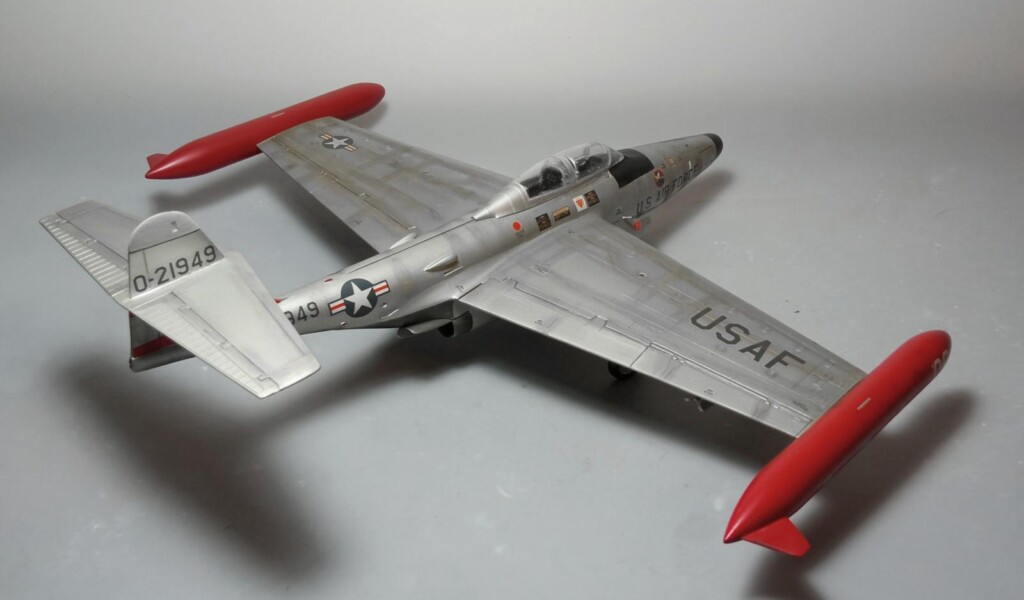
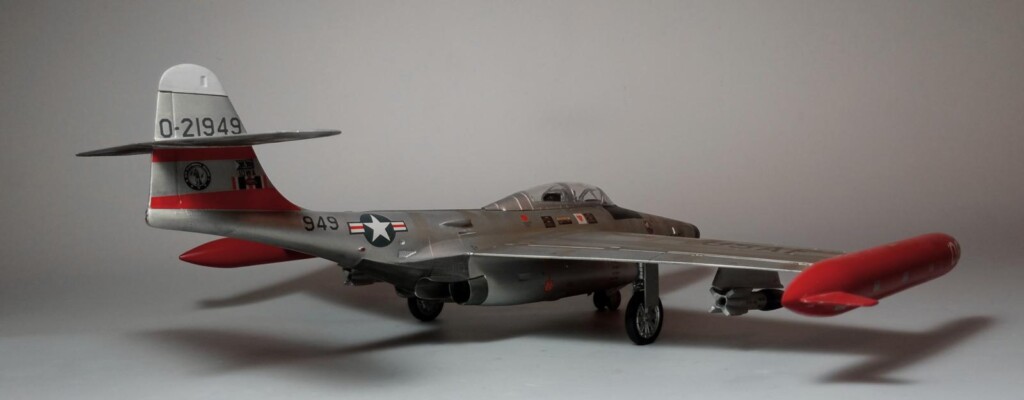
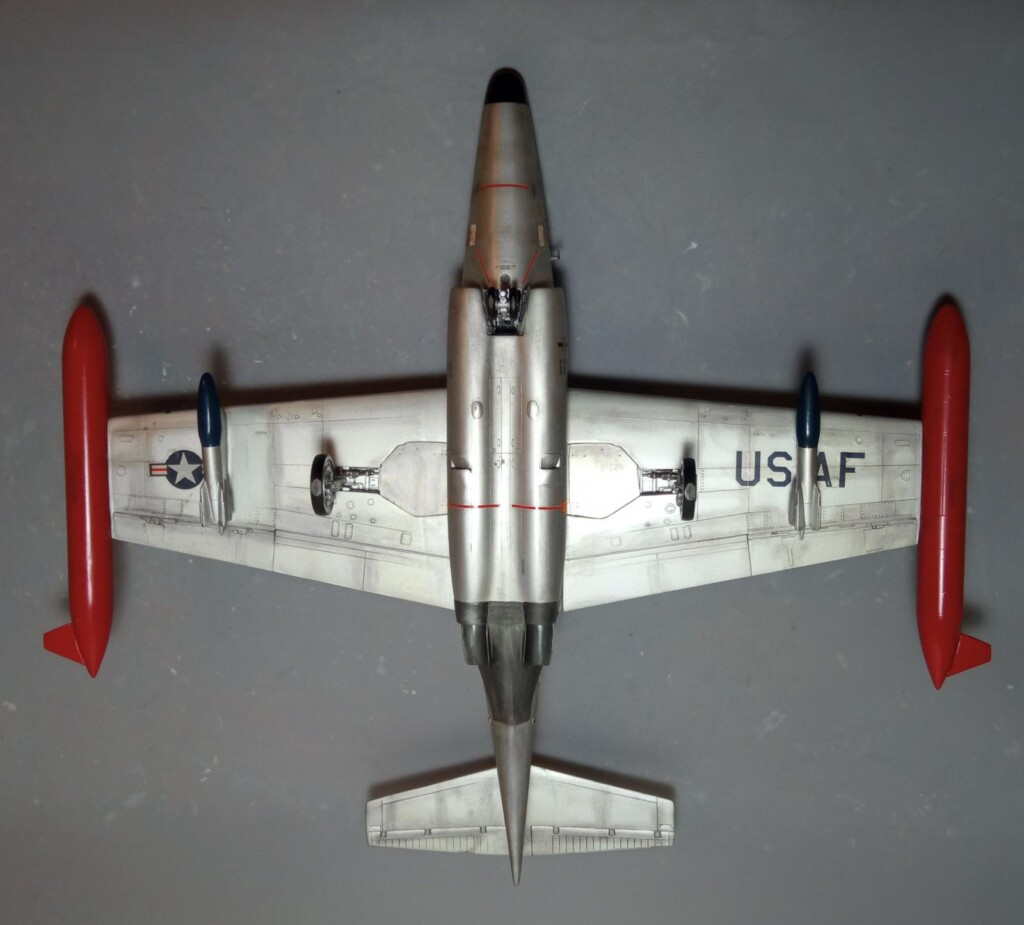
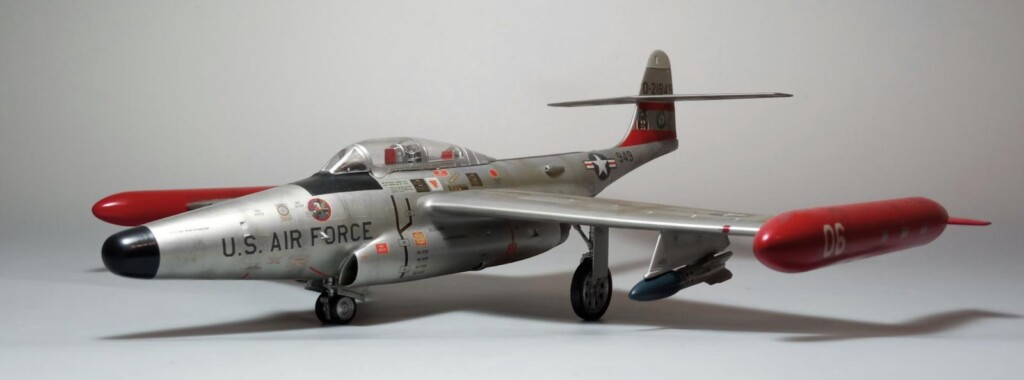
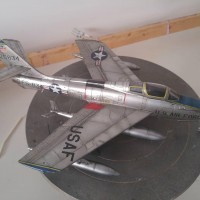
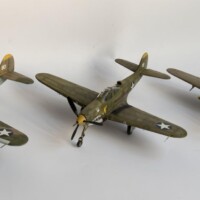
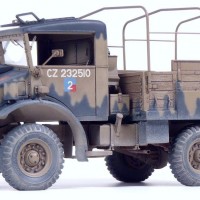

Very nice, Spiros. Like the nmf...
Thanks my friend @gwskat!
Excellent build!
Thanks my friend @dbdlee!
That's a really beautiful F-89 Spiros. A lot of those old kits really hold up beautifully, and you proved it thanks to your wonderful skills. Great job.
Thanks so much, my friend @curtisshawk!
Great looking build Spiros, @fiveten. I think you did a great job on this build, but find the plane a bit ungainly looking. The Pinocchio nose, big wide wings, the wing pods that are quite large...I don't know, it just looks a little goofy and not like a sinister Scorpian. Not taking anything away from your build I actually like it a lot, well done.
Thanks so much, my friend @luftwaffe-birdman! A distinctive looking bird for sure, might fall into the "looks so ugly it is beautiful" category
Excellent build, Spiros!
Thanks a lot, my friend @blackmopane!
Always liked the goofy looks of Scorpion! Love it how yours turned out!
Thank you very much, my friend @inflames!
Excellent work, Spiros @fiveten
The applied metal finish with the red tanks looks really good.
Well done.
Thank you so much, my friend @johnb!
Great looking Scorpion, Spiros @fiveten
Excellent work on the build and the writeup.
Thank you kindly, my friend @georgeswork!
Outstanding build of such an iconic aircraft! I remember these would be on static display at airshows during my youth! Well done!
Thank you very much, my friend @jebenite1!
You forgot that the F-89 did indeed engage once in air combat - with an F6F-5K drone. In "the Battle of Los Angeles," the drone won.
Nice work on this, @fiveten.
Thanks a lot, my friend @tcinla! Didn't know about it, very interesting.
Beautifully done, Spiros!
Thanks a lot, my friend @robgenev665!
Very nicely built and finished, Spiros, and a very interesting history.
Thank you so much, my friend @chinesegeorge!
Excellent model of an extremely interesting prototype. A very nice and balanced career summary as well.
Thank you kindly, my friend @christopher!
A fantastic looking model and a very educational back story Spiros (@fiveten). Thanks for sharing it with us
Thank you very much, my friend @scottiya!
Great looking build, Spiros and a very informative write up, as well. @fiveten
Thanks a lot, my friend @jdtruby!
Another fantastic build @fiveten. This thing has some pretty wide wings in comparison to its fuselage.
Love these early jets, Spiros @fiveten! How did you do that beautiful nm finish?
Thanks a lot, my friend @fxrob! For the NMF I used Humbrol 11, which I lightly buffed afterwards, then some post shading with pastels.
Spiros @fiveten, Humbrol 11 is a great color, i love it!
Thanks a lot, my friend @greenterrorz! Indeed, big wings!
Excellent build, Spiros! Great job on the nmf.
Thank you so much, my friend @v1pro!
Nice Scorpion, Spiros. I love stuff like this.
Thank you very much, my friend @j-healy!
@fiveten - Great build Spiros. I've never seen a Scorpion before. Very nice writeup, I'm always impressed with the research.
Thanks so much, my friend @brithebuilder! For the research, praise the net!
Great job Spiros , well done.
Thanks a lot, my friend @beil-foster!
Splendid job on an unusual subject sir
They sure were a funny looking bird, were they not?
Thanks so much, my friend @markh!
They absolutely were!
Great job, man!
Make me want to build one - I'll use your pic's as references!
Thank you so much, my friend @allonkira67! Looking forward to yours!
Beautiful model, Spiros @fiveten! It makes me want to dig mine from the stash and get crackin'!
It makes me want to dig mine from the stash and get crackin'! 
Thanks so much, my friend @garybrantley! Would be great to see yours built, too!
Great work on this Spiros, in this golden age of super kits it's very cool to see that Monogram is still well represented and continues to hold it's own. I really like the variations in the NFM that you managed to achieve on this build. Thanks for sharing!
Thank you kindly, my friend @dbutlr!
Such a cool looking jet! Good looking build too. Thanks for sharing.
Rod
Another beauty Spiros, @fiveten. Looks like Revell is reissuing this kit in some form of anniversary edition 2024.
Thanks so much, my friend @eb801! Yes, Revell reissues the "C" version in a "50tb anniversary" edition.
Thanks a lot, my friend @rodbettencourt!
A wonderful Scorpion! I have the old 1/72 Revell kit - need to build it someday soon. It is an intriguing cold war era aircraft.
Thank you very much, my friend @gkittinger! The Scorpion is an iconic, distinctive looking aircraft.
really an excellent model...I liked the metallic paint...congratulations!
Thank you very much, my friend @kodai!
Excellent build and paintwork, the NMF looks very convincing!
Tahnks a lot, my friend @chasbunch!
Very nice work @fiveten! Gotta love those classic planes and kits!
Thank you so much, my friend @vscrat! Indeed, gotta love them!
very nice NMF!
Thanks my friend @lis!
Never heard of it...Nice one. I have now . Its funny when you look at aircraft development. Some things are overcome, some not, some are just right out of the blocks. The engines for our Scout helicopter were flawed in development, making purchase of the Allouette 2 as a stop gap. It turned out to be very reliable. Then there is the Hurricane v Spifire arguments, the Hurricane happily able to sustain violent evasive manoeuvres that had the contemporary Spits and ME109s losing wings. Great job Speros
. Its funny when you look at aircraft development. Some things are overcome, some not, some are just right out of the blocks. The engines for our Scout helicopter were flawed in development, making purchase of the Allouette 2 as a stop gap. It turned out to be very reliable. Then there is the Hurricane v Spifire arguments, the Hurricane happily able to sustain violent evasive manoeuvres that had the contemporary Spits and ME109s losing wings. Great job Speros

Thanks a lot, my friend @chrisballard! Exactly as you said it! The deeper you dig into aviation history, the more interesting stuff you discover.
Another beautiful machine from your workshop, Spiros. You really know metal surfaces. Splendor.
Thank you so much, my friend @milantesar!
great build @fiveten! congrats!
Thank you so much, my friend @magrus!
You are so correct, Spiros (@fiveten). The Monogram kits had great shape, very detailed cockpits and landing gear bays, and the raised panel lines were not that big a thing. The F-89 was such an interesting aircraft, and your finish on this one looks absolutely real. Super job! Thanks for sharing it.
Thank you kindly, my friend @matthewfdyer!